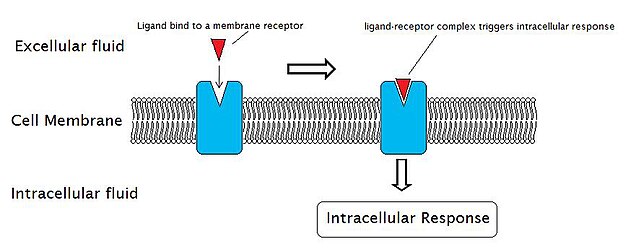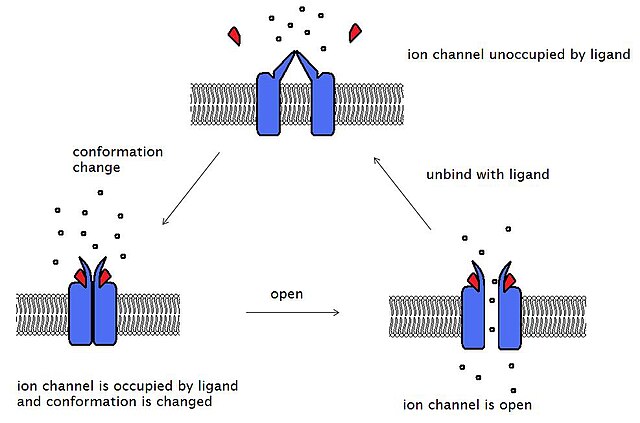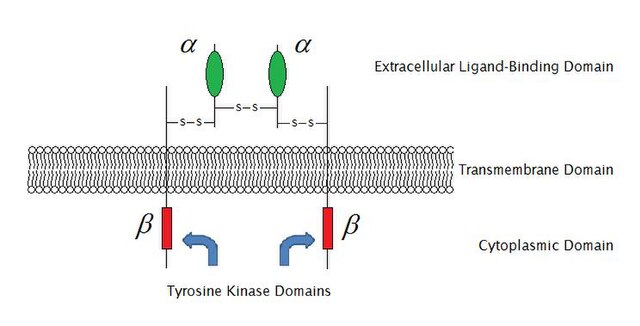Integrins are transmembrane receptors that help cell-cell and cell-extracellular matrix (ECM) adhesion. Upon ligand binding, integrins activate signal transduction pathways that mediate cellular signals such as regulation of the cell cycle, organization of the intracellular cytoskeleton, and movement of new receptors to the cell membrane. The presence of integrins allows rapid and flexible responses to events at the cell surface.
Structure of the extracellular segment of integrin alpha Vbeta3.
Structure of chaperone protein PAPD.
crystal structure of the filamin a repeat 21 complexed with the integrin beta7 cytoplasmic tail peptide
Integrins are localised at the growth cone of regenerating neurons.
Cell surface receptors are receptors that are embedded in the plasma membrane of cells. They act in cell signaling by receiving extracellular molecules. They are specialized integral membrane proteins that allow communication between the cell and the extracellular space. The extracellular molecules may be hormones, neurotransmitters, cytokines, growth factors, cell adhesion molecules, or nutrients; they react with the receptor to induce changes in the metabolism and activity of a cell. In the process of signal transduction, ligand binding affects a cascading chemical change through the cell membrane.
External reactions and internal reactions for signal transduction (click to enlarge)
Three conformation states of acetylcholine receptor (click to enlarge)
Sketch of an enzyme-linked receptor structure (structure of IGF-1R) (click to enlarge)
Flow charts of two strategies of structure-based drug design








